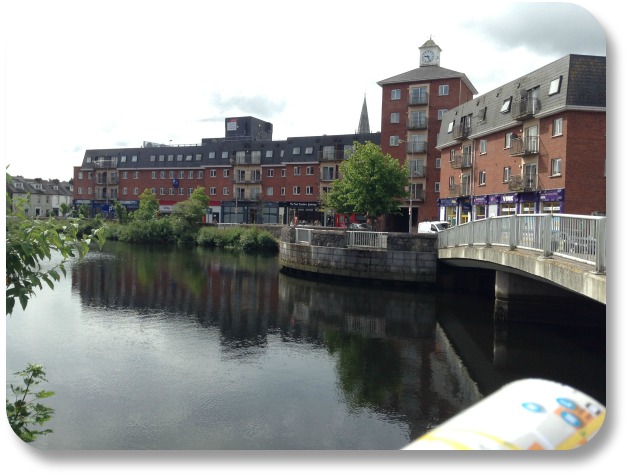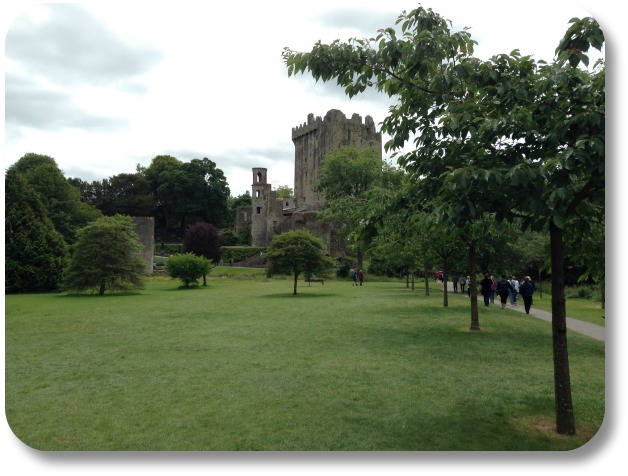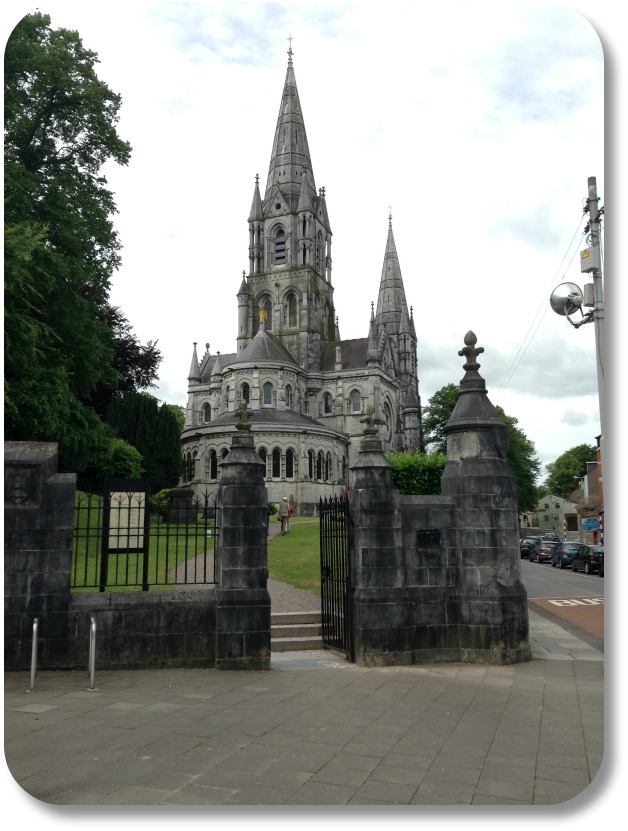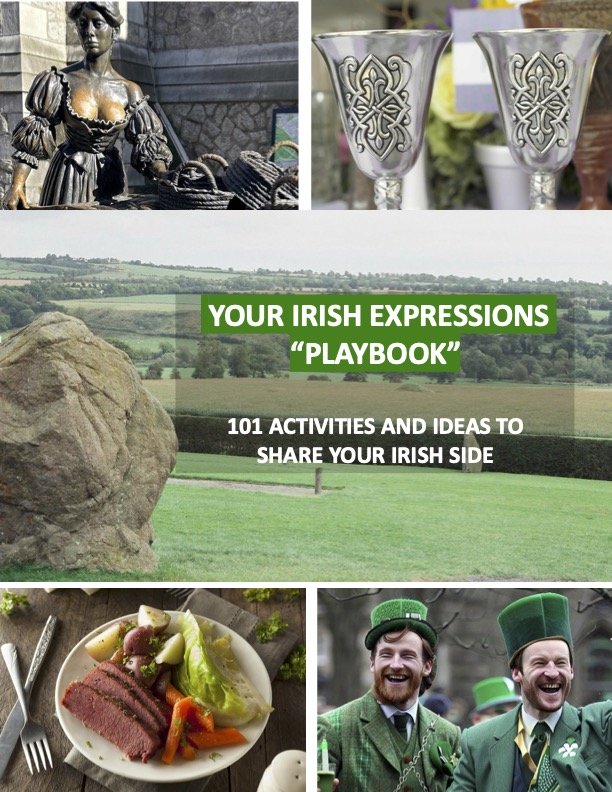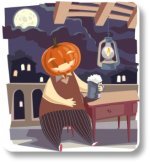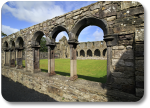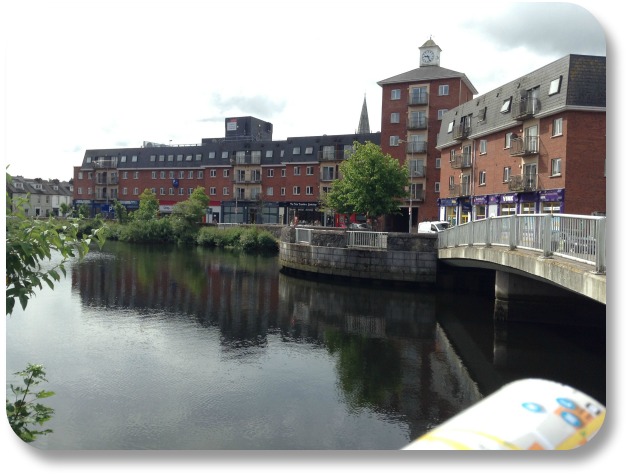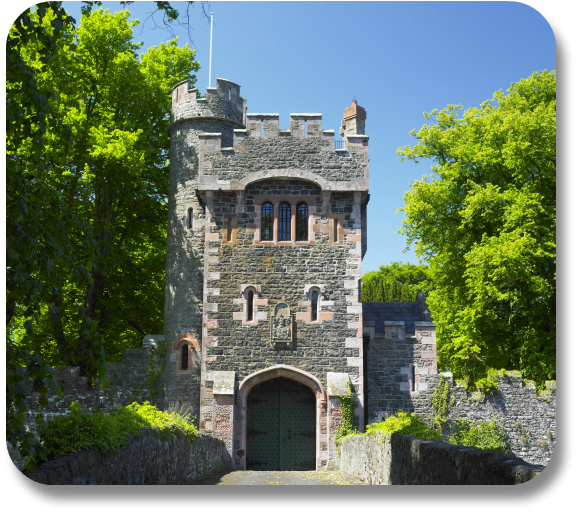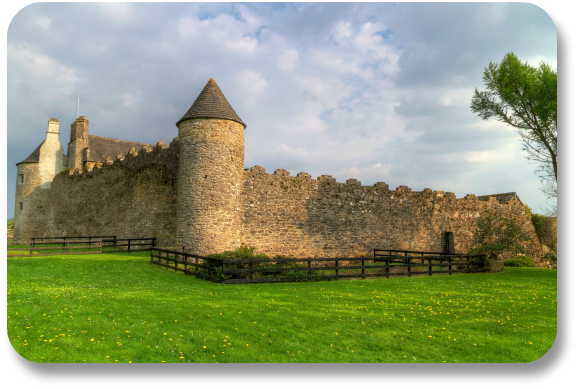- Home
- Sightseeing
- Cork Travel
Cork Ireland Travel Tips: A Must-See for Any Visit to the Emerald Isle!
Cork Ireland travel tips start with this: there’s something for everyone in the Emerald Isle's second largest city and beautiful surrounding areas. Here you
can find historic sites, great shopping, good food and ale... and you
can even announce your arrival by ringing the Shandon Bells at the
Church of St.
Anne.
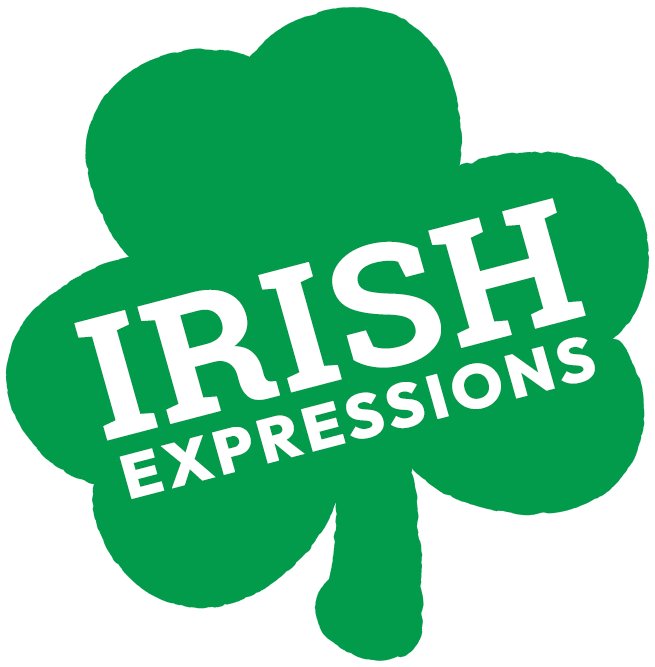
So ... How Well Do You Know Your Irish Stuff?
Tap HERE to find out!
These tips are based on my own personal experience, as well as the research I did to prepare for my trips to the region (5 times and counting as of this writing).
My first tip is this: definitely allow flexibility to explore and be spontaneous! But if you start with a few good ideas you will ensure you get the most of your visit, whether you do it virtually or in person.
Cork Ireland Travel Tips: Why Visit?
The name "Cork" is derived from Corcaigh, meaning "marsh," a reference to the city's origins on a swampy river island. According to one of our hosts, Cork is considered by locals to be the "Re-al capital of Oirland" :-).
As the second-largest city in Ireland, Cork serves as a cultural and economic hub, offering visitors an eclectic mix of experiences from vibrant street art and music to tasting world-renowned food and drink.
Picture winding streets that resonate with live music, aromas of freshly baked sourdough wafting out of artisanal bakeries, and the friendly banter heard in bustling market stalls. That has been my experience of Cork – alive with energy and warmth.
Cork has always had independent proud people, which explains the for Cork County nickname of the “Rebel County.” The citizens even maintain their own special accent different from all other Irish accents, sometimes even with words spoken only by locals.
That shouldn’t stop you from enjoying colorful stories at a local pub or engaging in a conversation with a local. The citizens of Cork Ireland may be independent but they’re also warm and friendly.
We discovered that first hand when our host recommended a full itinerary for next day, including a recommendation to hike the Croagh Patrick trail on our way to our next stop in Galway.
Cork Ireland Travel Tips: A Bit O' History
The original Cork construction was a monastery and church built in 1607 A.D. St. Fin Barre, whose name means fair head. As mentioned before, he named the area “corcaigh,” meaning marshy place. It was indeed a marshy area, which is why he chose a high area on a limestone cliff above the River Lee for the monastery.
A small settlement developed close to the monastery. This small village developed more rapidly after invading Vikings changed it to a trading port.
Like much of Ireland, the history of Cork includes invasions from the English, the black plague and even rebellion during the Irish War of Independence where the Black and Tans burned much of the city.
However, the spirit of independence has never died in the hearts of the local citizenry. That is very obvious as you get to know them.
Cork Ireland Travel Tips: Things to Do and See
There is no shortage of things to see and do in Cork City and its surrounding areas. Here are some of my favorites:
The English Market
When it comes to authentic Cork experiences, the English Market is unbeatable. Established in 1788, it's one of the oldest municipal markets in the world. Walking through the bustling aisles, we were enticed by the aroma of fresh produce and local delicacies, from traditional Irish soda bread to the famed drisheen (a type of blood pudding). Our visit provided not only a taste of Cork’s food but also a taste of its strong sense of community. You can find more information about the English Market at https://www.corkenglishmarket.ie/.
Blarney Castle & Gardens
My friends in Ireland sometimes roll their eyes when I say this - but Blarney Castle has been one of my favorite things to do in Ireland for many years. Just a stone's throw away from the city of Cork, the Castle plays host to the legendary Blarney Stone. Kissing the stone is said to grant the gift of eloquence – a tradition that attracts thousands annually, and my family nearly as often! Towering among lush gardens, the castle itself is an excellent example of Ireland’s medieval architecture. Each nook tells a story, making it an unmissable part of understanding of the folklore of the region. If you want more information about Blarney Castle you can find them here https://www.blarneycastle.ie/.
Crawford Art Gallery
For those inclined towards visual arts - like us - the Crawford Art Gallery is a must-visit. While we haven't made paid it a visit yet, people continue to recommend it and it is definitely on our list! Housing an impressive collection of contemporary and classical works, the gallery is said to capture the creative pulse of Cork. Nestled in a charming 18th-century building, it’s an artistic journey enriched with Irish narratives. Learn more at the Crawford Art Gallery website here https://www.crawfordartgallery.ie/.
St. Anne's Church and Shandon Bells
This is one that we keep missing for a variety of reasons, each and every time we have visited! But it is still on the top of my 'to do' list in Ireland. Ringing the Shandon Bells is a participatory experience that is cherished by both travelers and locals. The ascent up the spiraling stairs is rewarded by panoramic views of Cork city from its summit. Visitors ring the bells to announce their arrival in the City. Locals do so to deepen their connection with the City. Further details are available on the Shandon Bells and Tower website here https://www.shandonbells.ie/.
Saint Fin Barre's Cathedral
We were made aware aware of Saint Fin Barre’s Cathedral as we drove the streets with our incredibly eloquent and helpful taxi driver, who had no shortage of Cork Ireland travel tips to share :-). He pointed out a stunning example of neo-Gothic architecture above us as we drove by and opened the window so that we might hear the sound of choir rehearsals as we drove by (we were a bit far away but he was so sincere we pretended to hear them). The structure is known for its intricate carvings and opulent stonework which reflect Cork’s religious heritage. Find more information about Saint Fin Barre's Cathedral on the Cathedral website (http://cathedral.cork.anglican.org/).
Cobh Titanic Experience
A short trip from Cork, the visually beautiful town of Cobh (pronounced "Cove") was the final port of call for the ill-fated Titanic. Our Cobh Titanic Experience was an emotional journey. From that first step into the restored White Star Line ticket office, we were surrounded by fascinating personal artifacts, poignant stories, and realistic recreations of the ship's luxurious interiors. Each of us received a boarding card with a passenger’s name, and we were able to discover their fate at the end of the tour. Learn more here: https://www.titanicexperiencecobh.ie/.
Blackrock Castle Observatory
We found the Blackrock Castle Observatory to be an amazing combination of science and history. It is located in picturesque Cork Harbor on the shore of the River Lee and offers many interactive exhibits and astronomy workshops. The opportunity to learn about our cosmos while standing in a storied 16th century castle made this experience especially unique. I loved this experience so much I decided to add Blackrock Castle to our list of favorite Castles of Ireland. For more information about the observatory, visit the Castle Observatory website here (https://www.bco.ie/).
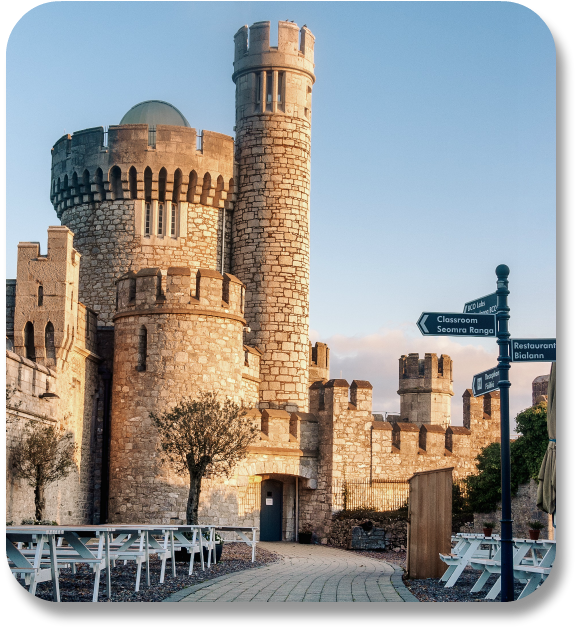
Cork City Gaol
Here is another one I haven't managed to experience myself yet, but it comes up as a recommendation every time we go. Today this historic landmark is a popular museum. The structure once imprisoned those who rebelled against the British Empire, but today it offers visitors self-guided tours through its corridors and cells. I have heard it is both spooky and fascinating, giving vivid insights into the hardships of the incarcerated. Visit the Cork City Gaol website https://corkcitygaol.com/) for more.
Cork Ireland Travel Tips: Know Before You Go
Cork’s weather is characteristically Irish – charmingly unpredictable, so pack layers and waterproofs.
Euros are the currency here, and it’s handy to exchange money at the airport to avoid city ATM fees.
The city’s compact size means walking is often the best way to explore, though taxis and buses are abundant for those wanting to venture further afield.
While English predominates, a few friendly words of Irish (Gaelic) can endear you to locals.
Tipping is appreciated but not mandatory, particularly in restaurants – around 10-15% is standard.
To avoid the most crowded tourist seasons, consider visiting in late spring or early autumn.
Want More Irish Landmarks?
Taking a virtual tour of beautiful Irish landmarks is one of our favorite ways to enjoy an Irish experience, wherever in the world we happen to be! That is why one of our most popular ebooks is called "Favorite Sights to See in Ireland."
That book is just one chapter in a downloadable, share-able collection of Irish games, puzzles, recipes, songbooks, quizzes, travel guides and more - that we have collected for you over the years.
Want them right now? Keep reading to learn about "Your Irish Expressions Playbook."
More Fun With Irish Expressions
Congratulations on learning more about the Emerald Isle and discovering what we like to call your "Irish Side." You may be thinking "I'd love to actually VISIT Ireland but that's really not in the cards right now. What am I supposed to do with the stuff I just learned?"
Well never fear! Since 2009 we have collected all of the best printable, shareable resources we could find, to help you put your new knowledge of Ireland to good use. We've put them all together in a single download we call "Your Irish Expressions Playbook," which contains over 100 pages of games, puzzles, recipes, songbooks, quizzes, travel guides and much, much more.
Purchase them ALL for one small price, print as many copies as you like and share them with your friends - with no limitations! But order soon - we are already adding to the Playbook for future editions and this price will not last long.
Oh, want one more reason to order right away? If you buy YOUR copy of the Playbook now, you will be allowed to upgrade to any new future edition for FREE.
ORDER YOUR IRISH EXPRESSIONS PLAYBOOK HERE

Please Share Your Feedback
Did we miss anything? Is there a topic you would like us to cover in the future? Tap HERE to let us know!
